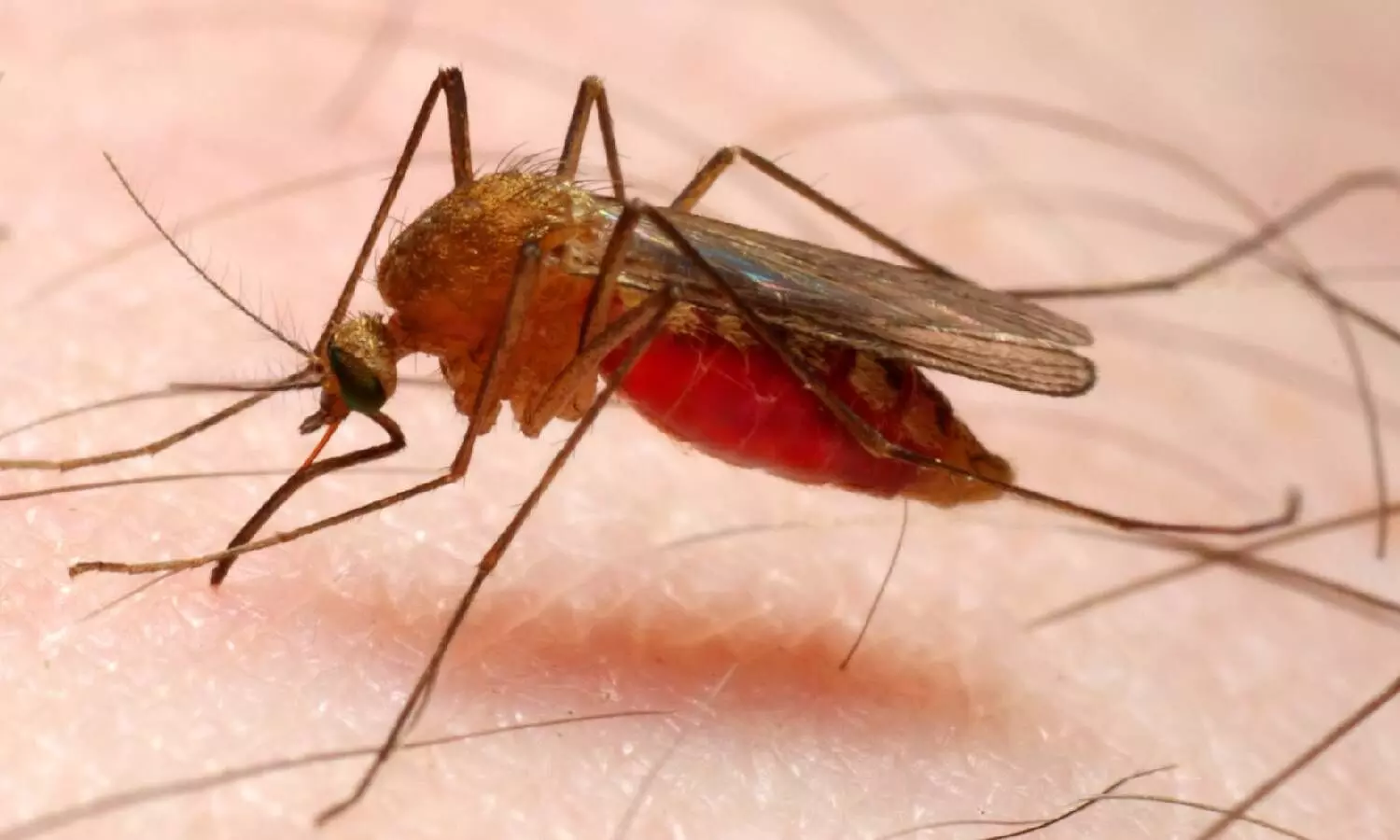UoH study could help develop therapeutic vaccines for transmission stages of malaria
The findings have immense potential for developing therapeutic vaccines for transmission stages of malaria
By Newsmeter Network
Hyderabad: A study conducted by researchers from the University of Hyderabad (UoH) has found that maintenance of sporozoite cell shape is crucial for infectivity of malarial parasite. The findings have immense potential for developing therapeutic vaccines for transmission stages of malaria.
What are sporozoites?
Malaria is a disease that is transmitted through the bite of an infected female Anopheles mosquito. According to the latest world malaria report, there were 241 million cases of malaria in 2020, and the estimated number of malaria deaths stood at 6,27,000. The causative agent of the disease is Plasmodium falciparum which is injected in the form of "sporozoites" into the skin of humans during a mosquito bite.
Inside the human body, sporozoites migrate through different cell types before reaching the liver. Within the liver, the parasites multiply in hepatocytes and release several thousand merozoites into the blood which infect RBC and cause all clinical symptoms of malaria. Understanding the complex life cycle of Plasmodium with varied antigenic make-up across different life cycle stages is crucial for designing a vaccine or drug that could effectively control the disease.
Key findings
The UoH team led by Prof. Kota Arun Kumar of the department of animal biology, school of life sciences, work in the area of sporozoite biology and their goal is to create genetically attenuated mutants that have lost their ability to infect mammalian host. Such mutants have immense therapeutic potential as a whole organism vaccine.
In a recent study that was published in Molecular Microbiology, the UoH group identified a Plasmodium protein SIMP (Structural Integrity Maintenance Protein) that is required for maintaining the normal shape and infectivity of the sporozoites. Their study identified the function of SIMP in riveting the parasite membrane to an underlying molecular motor and a cytoskeleton called inner membrane complex (IMC), thus enabling sporozoite motility.
In SIMP-depleted mutants, the plasma membrane (PM) detached from IMC resulting in sporozoites losing their regular shape and ability to move and infect hepatocytes. The study clearly points to the role of SIMP as a tether for membranes and its depletion leading to compromised mechanical stability of cell shape. Concomitant with such observations, SIMP localizes to sporozoite membrane and contains an extracellular C-terminal domain that is highly conserved amongst all Plasmodium species. This makes it a feasible target for neutralizing/ therapeutic antibodies.
The findings additionally demonstrate the expression of SIMP in transmission stages of malaria thus expanding the scope of using SIMP antibodies for preventing reverse malaria transmission to mosquitoes. These findings have immense potential for developing therapeutic vaccines for transmission stages of malaria.